1. Material selection: determines the lifespan and cleaning convenience of the sink
The material of the kitchen sink directly affects its durability, cleaning difficulty, and overall appearance. The primary sink materials currently available in the US market include the following:
Stainless Steel Sink
Stainless steel is one of the most common and popular sink materials. It is lightweight, corrosion-resistant, crack-resistant, reasonably priced, and suitable for a variety of kitchen styles.
Advantages: rust-proof, easy to clean, strong durability.
Suggested thickness: It is usually recommended to choose stainless steel in 16- or 18-gauge thickness, as thicker models can help reduce noise and dents.
Caution: Avoid using strong acids or alkalis to prevent the surface from losing its luster.
Granite Composite Sink
The granite composite sink is made by mixing natural stone powder and resin, with a sturdy texture and high-end feel.
Advantages: Scratch-resistant and wear-resistant, less likely to leave water stains, and good sound insulation effect.
Disadvantages: Heavy weight, requiring additional support during installation.
Suitable for families who value appearance and high-end decoration styles.
Ceramic sink (Fireclay Sink)
This type of sink is commonly used in Farmhouse Style kitchens, featuring a white-glazed surface that creates a fresh, retro visual effect.
Advantages: High temperature resistance, easy cleaning, strong anti-fouling properties.
Disadvantages: Heavy and prone to cracking due to impact.
Installation suggestion: Install it in a countertop structure with an under-table support.
Cast Iron Enamel Sink
The interior is made of a cast-iron structure, and the outer layer is covered with a high-gloss, sturdy, durable enamel coating.
Advantages: Classic and durable, resistant to heat and pressure.
Disadvantages: High price and heavy weight, not suitable for lightweight cabinet structures.
2. Size selection: Reasonably plan according to the kitchen space
In American homes, the standard size for kitchen sinks is generally between 24 inches and 36 inches. When choosing, it should be carefully considered based on the kitchen's overall layout, countertop width, and daily usage needs.
Small kitchen (less than 30 inches)
Suitable for installing a 24-28-inch single-bowl sink. This design saves space while providing sufficient washing areas for small families.
Medium-sized kitchen (30-33 inches)
A Double Bowl Sink can be considered, allowing simultaneous cleaning and rinsing to improve efficiency.
Large kitchen (36 inches and above)
For households that frequently cook, a Farmhouse Sink or a Triple Bowl Sink can be chosen, with a larger capacity and more distinct functional differentiation.
Installation recommendations:
Ensure the distance between the sink and countertop is reasonable, with the front edge about 2 inches from the cabinet door, to facilitate smoother cleaning.
3. Installation method: determines the appearance and cleaning convenience
The installation method of the kitchen sink affects the overall aesthetics and user experience. Standard installation methods include:
Top Mount
The sink edge is covered on the countertop, making installation convenient and cost-effective.
Advantages: Easy to replace and repair.
Disadvantages: Edge gaps are prone to water accumulation and dirt accumulation.
Undermount
The sink is flush with the bottom edge of the countertop, offering a simple, easy-to-clean appearance.
Advantages: Seamless connection, making countertop wiping more convenient.
Disadvantages: The installation cost is high and requires professional construction.
Farmhouse (front-mounted)
The front of the sink is exposed, creating a sense of hierarchy with the countertop and serving as a decorative effect.
Advantages: Strong visual impact; suitable for retro or rural-style kitchens.
Disadvantages: Complex installation and high requirements for cabinet size.

4. Functional design: Make the kitchen experience more intelligent
As intelligent kitchen appliances develop, sink design is also constantly evolving. When choosing, you can pay attention to the following practical functions:
Noise reduction processing (Soundproofing Pad)
High-end stainless steel sinks are usually equipped with soundproofing pads or coatings that effectively reduce metal echoes when cleaning dishes.
Splash-proof edge design
Raising the edges or sloping structures can reduce water splashes and keep the countertop clean.
Pull out Faucet
The sink with a retractable faucet can easily flush corners and is suitable for double- or deep-sink designs.
Integrated accessory system
Some brands offer modular systems that integrate cutting boards, filters, and drain baskets to achieve multifunctional cooking operation areas.
5. Color and Style: Coordinate with the Overall Kitchen Design
Modern kitchens focus on overall harmony, and the sink's color and material should be coordinated with the countertop, cabinets, and faucets.
Stainless steel sink: suitable for modern, minimalist, or industrial-style kitchens.
Black granite sink: suitable for high-end spaces that pursue a stable texture.
White ceramic sink: Pair with light colored cabinets or wooden countertops to create a warm atmosphere.
If you choose gold or matte black dragon heads, you can pair them with drainage covers or water outlets of the same color scheme to enhance the sense of unity.
6. Maintenance and upkeep: the key to extending service life
Even the best sink can shorten its lifespan if not properly maintained daily. Here are a few maintenance suggestions:
After each use, dry the surface with a soft cloth to avoid water stains.
Regularly clean with mild cleaning agents and avoid using steel wire balls or abrasive cleaners.
If it is made of stainless steel, it can be occasionally wiped with olive oil or specialized care products to maintain its luster.
Ensure the drainage system is unobstructed to prevent dirt accumulation.
7. Conclusion: Choose the kitchen sink that suits you best
Although the kitchen sink is small, it directly affects daily convenience and the kitchen's overall style. From size and material to functional design, every detail needs to be considered in conjunction with personal usage habits and spatial conditions.
Whether you choose durable stainless steel or high-end granite or ceramic styles, as long as they are correctly matched and installed, your kitchen can become a space that combines efficiency and style.

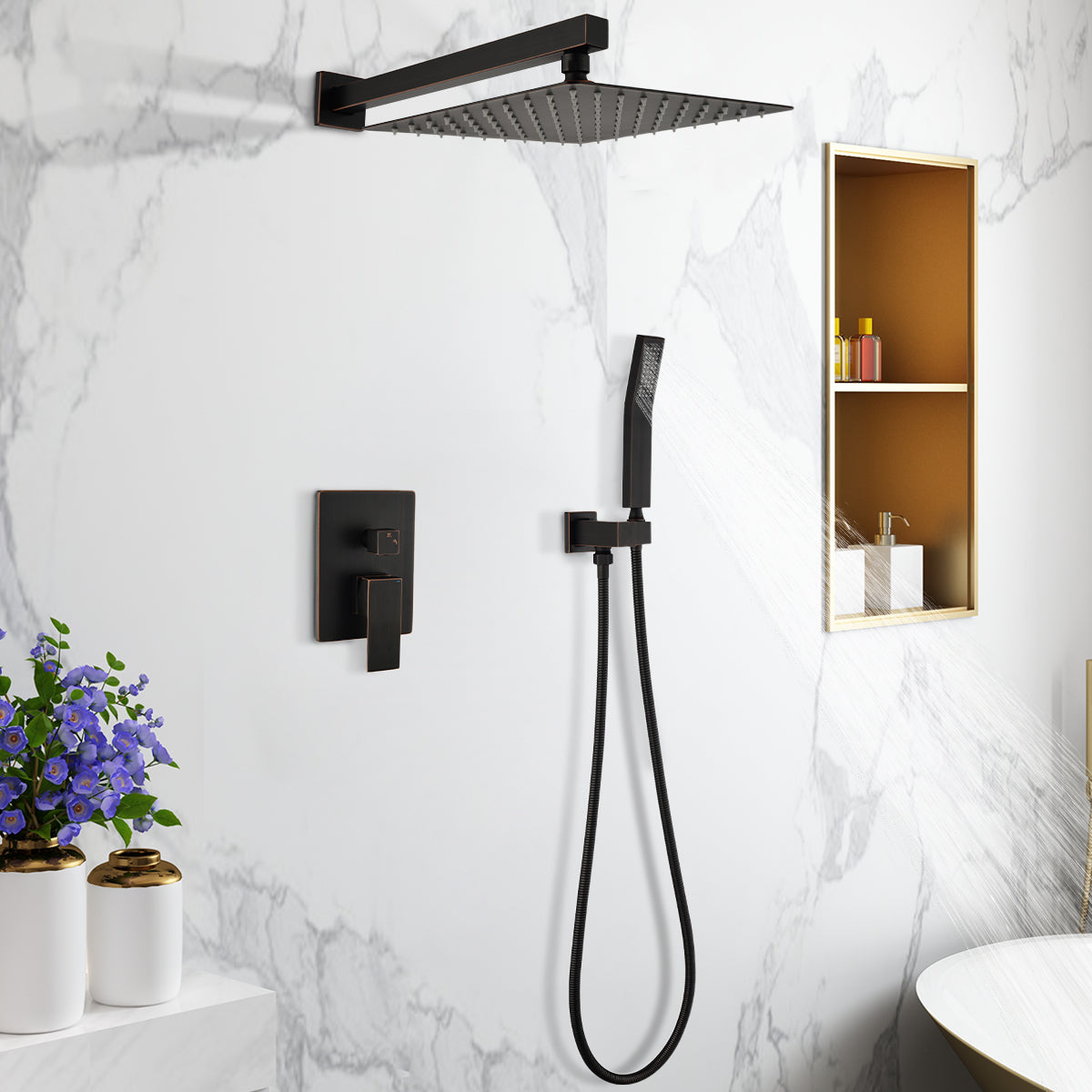






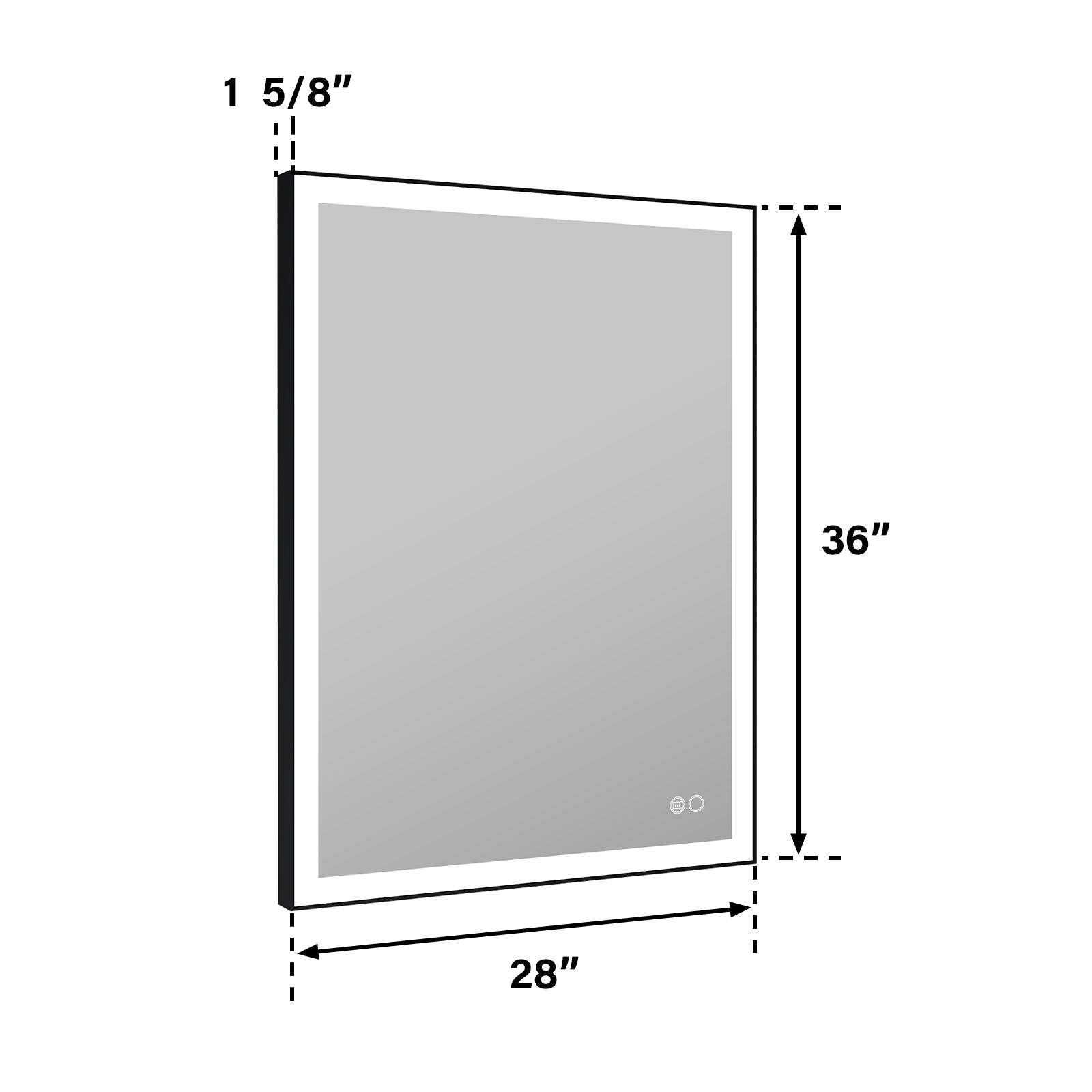
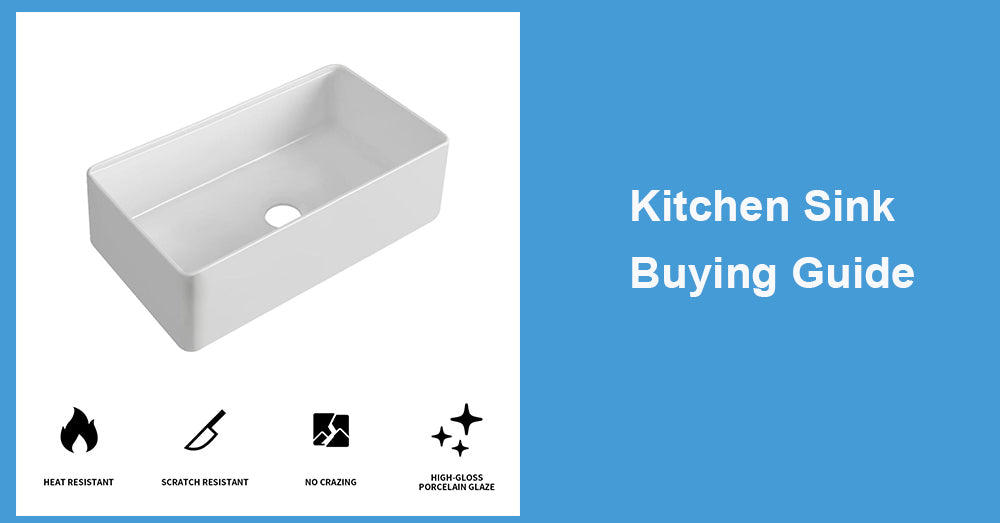
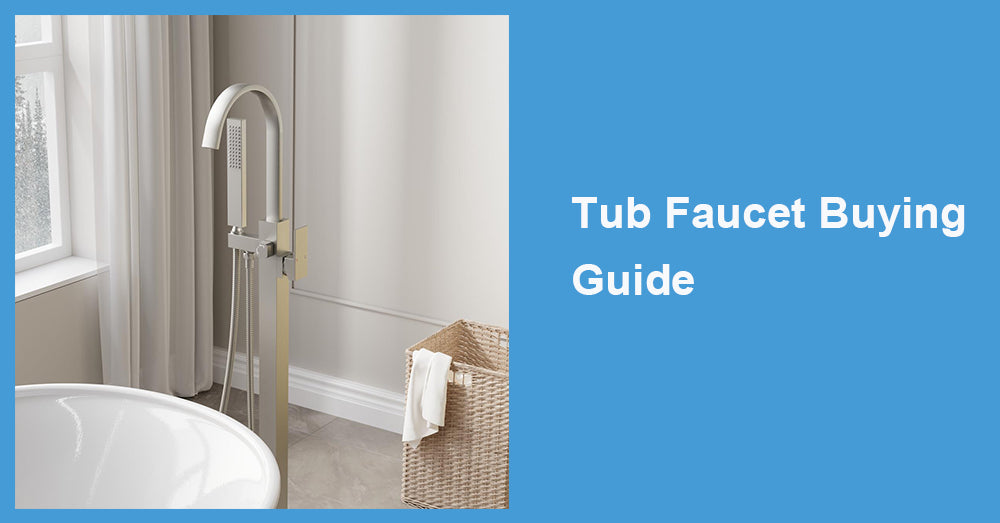

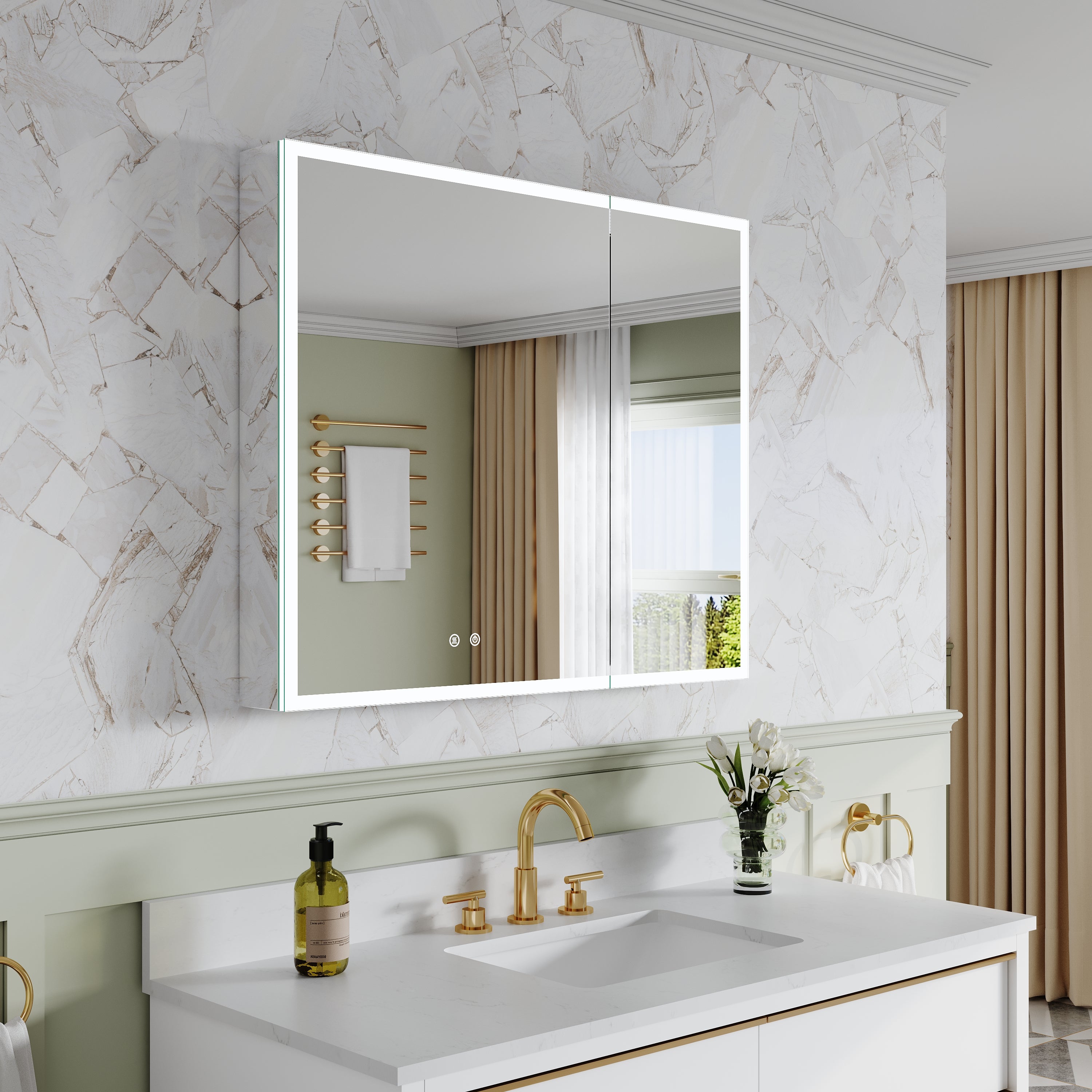
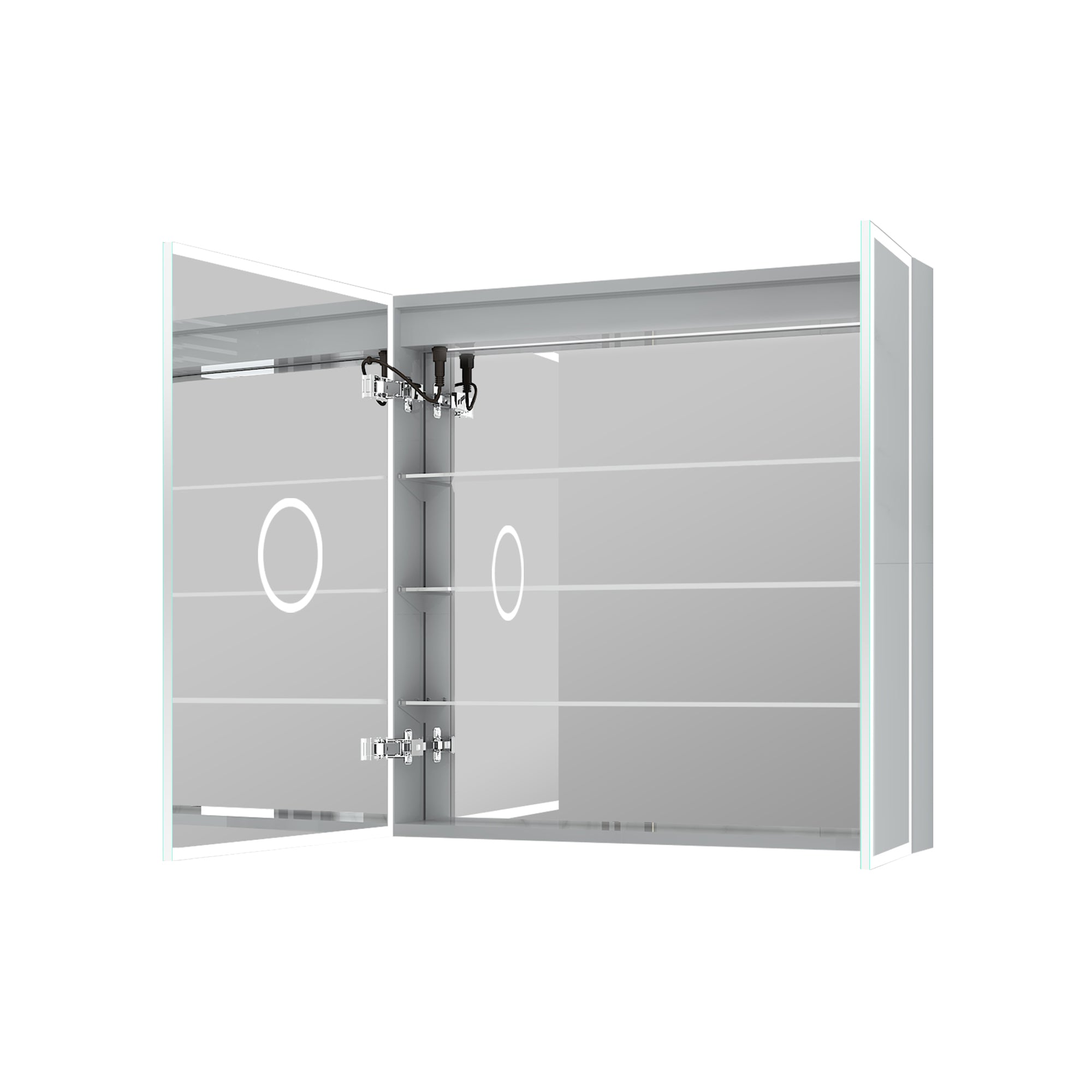
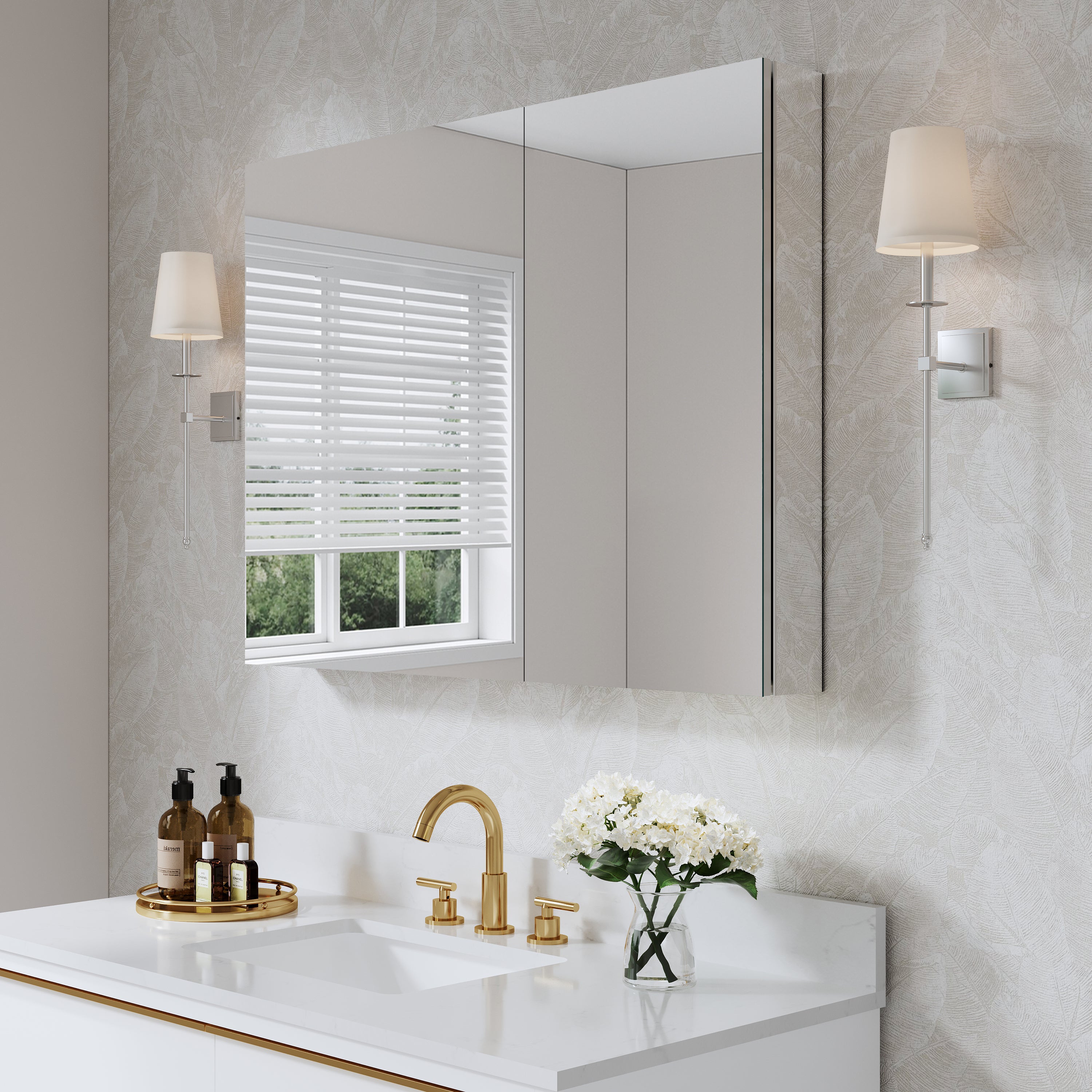

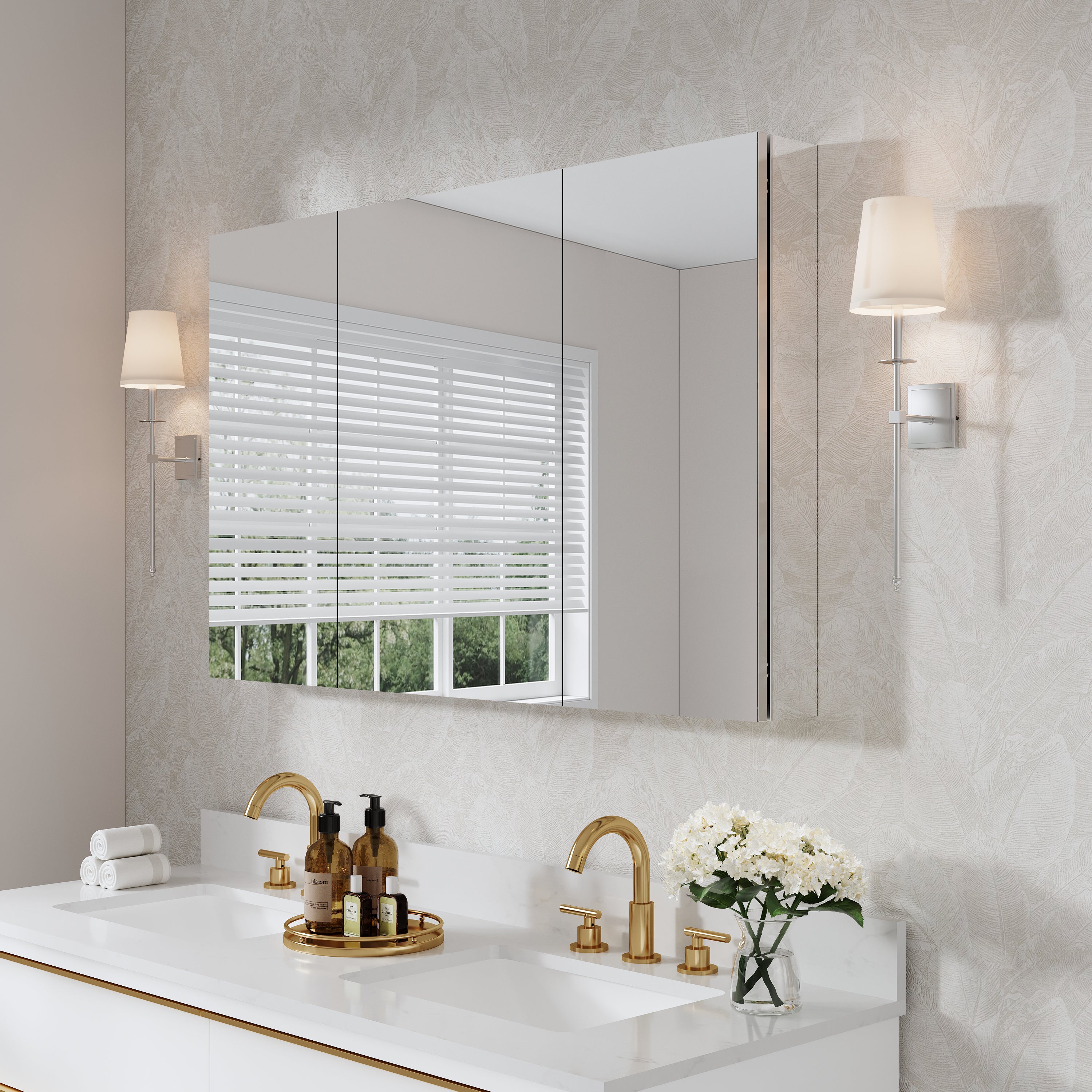
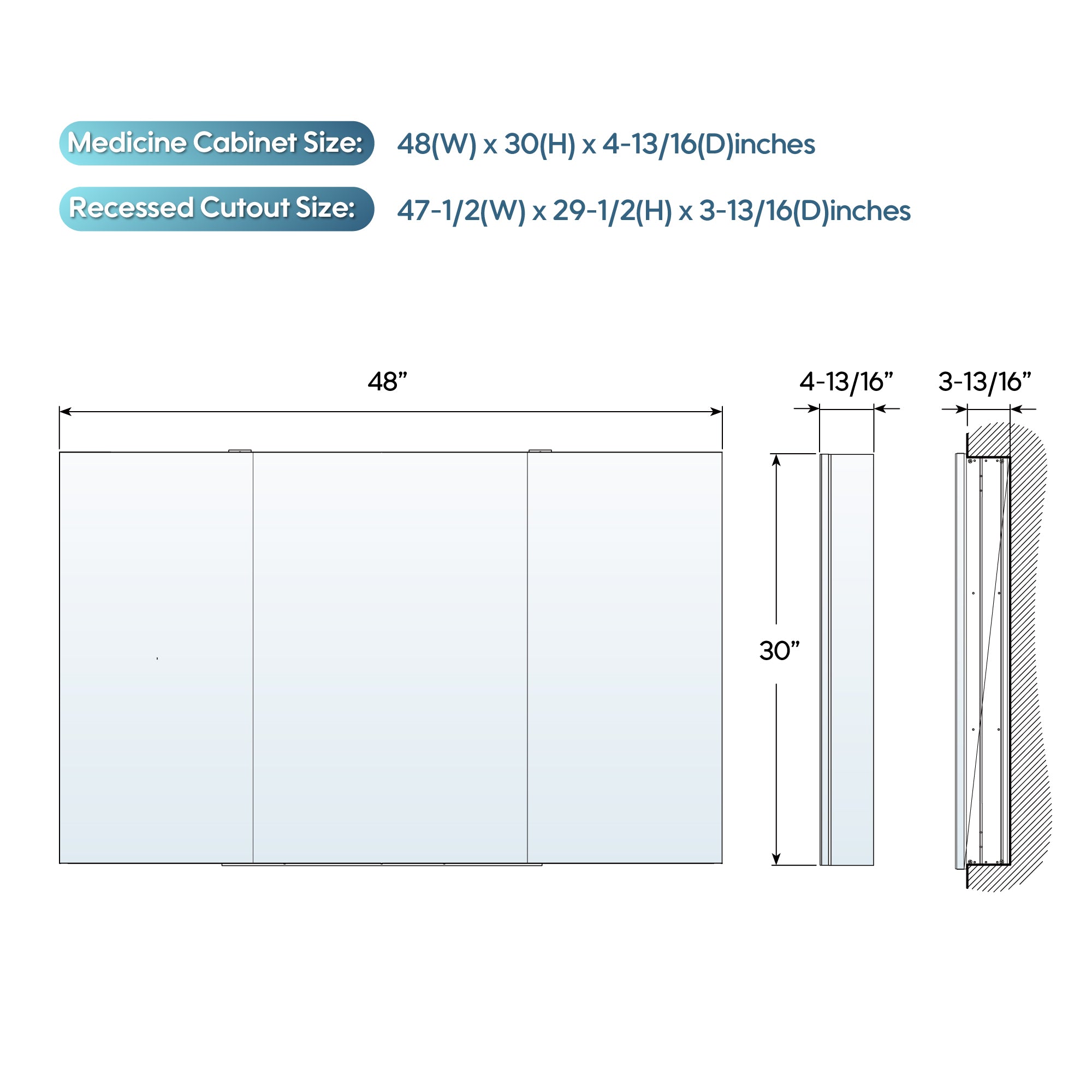

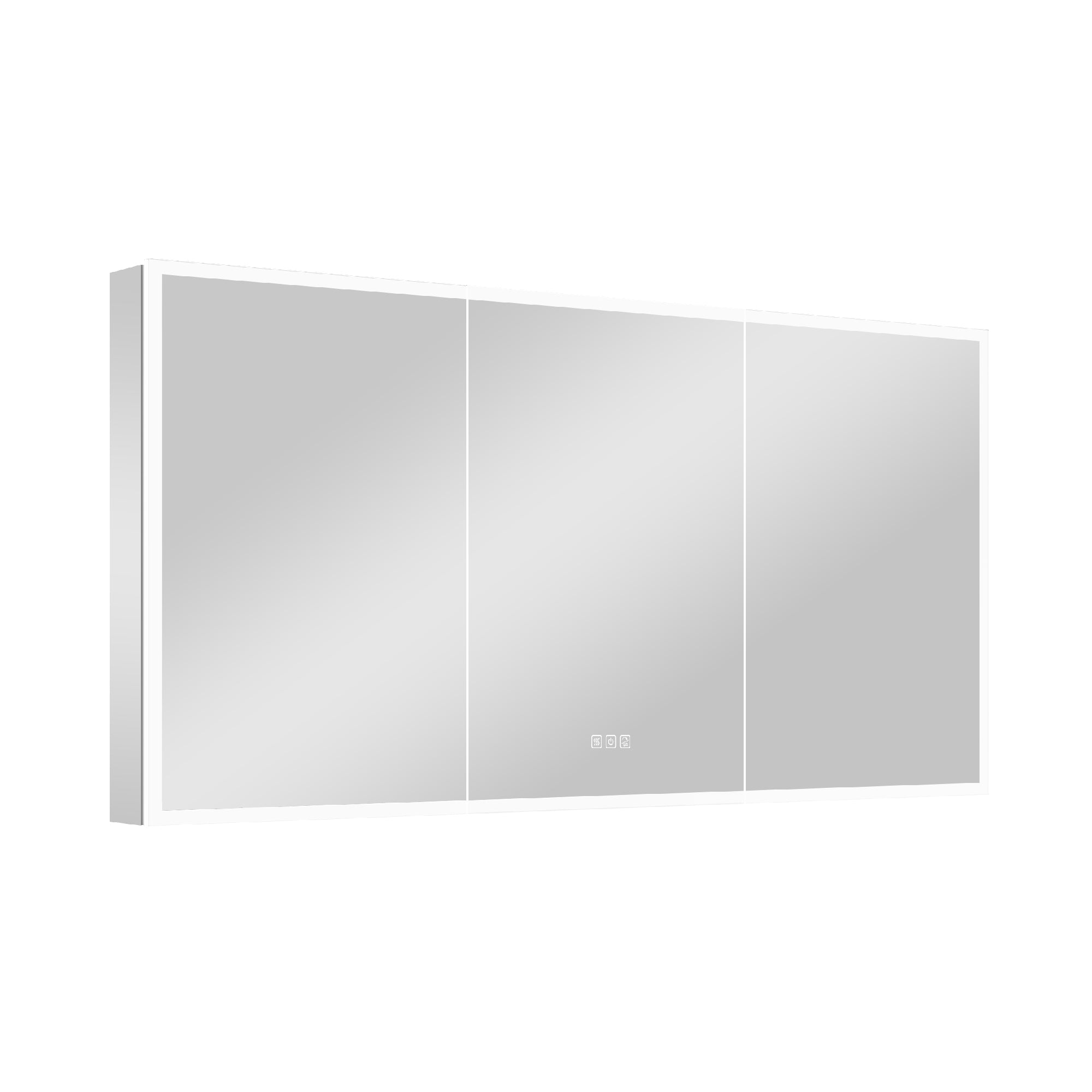
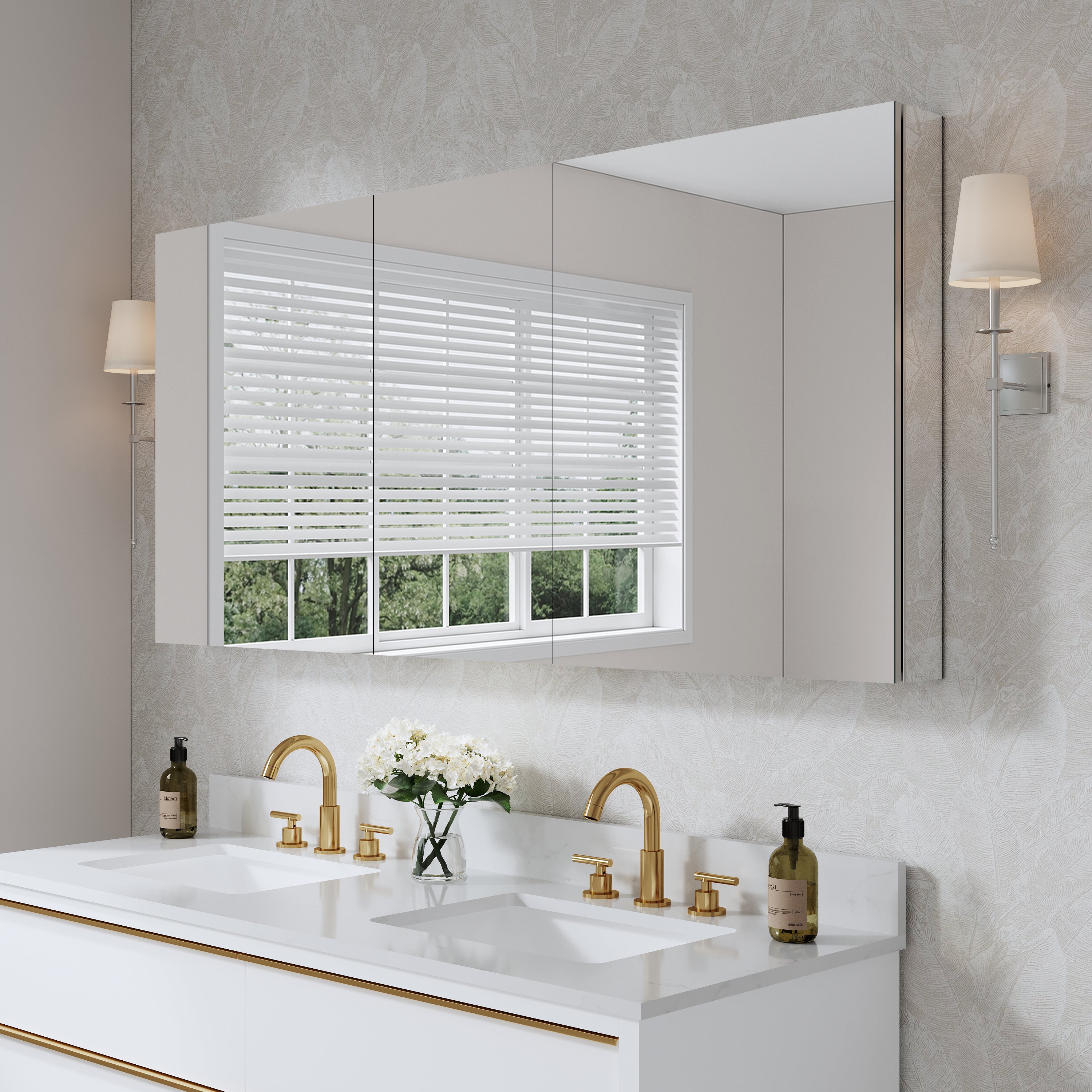




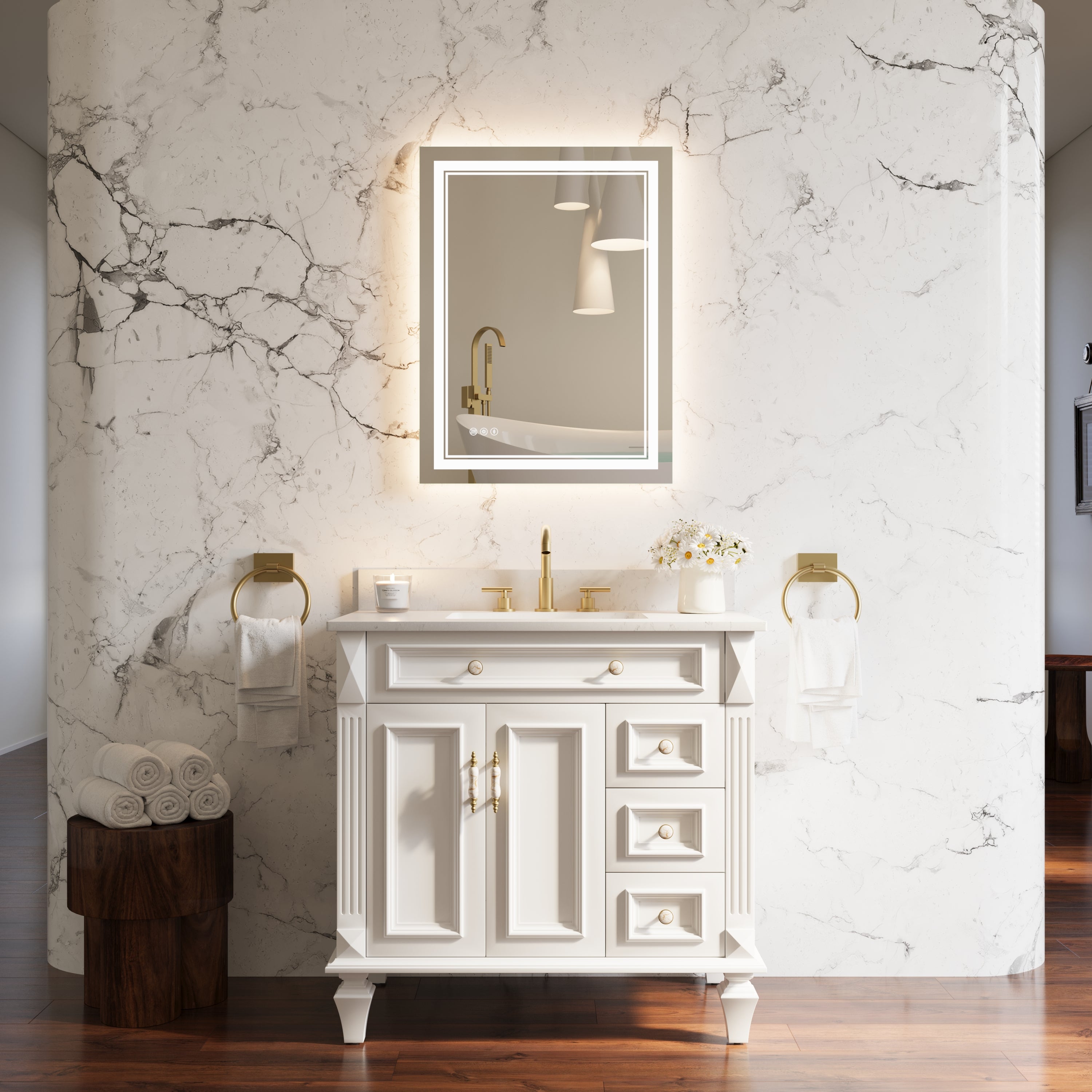
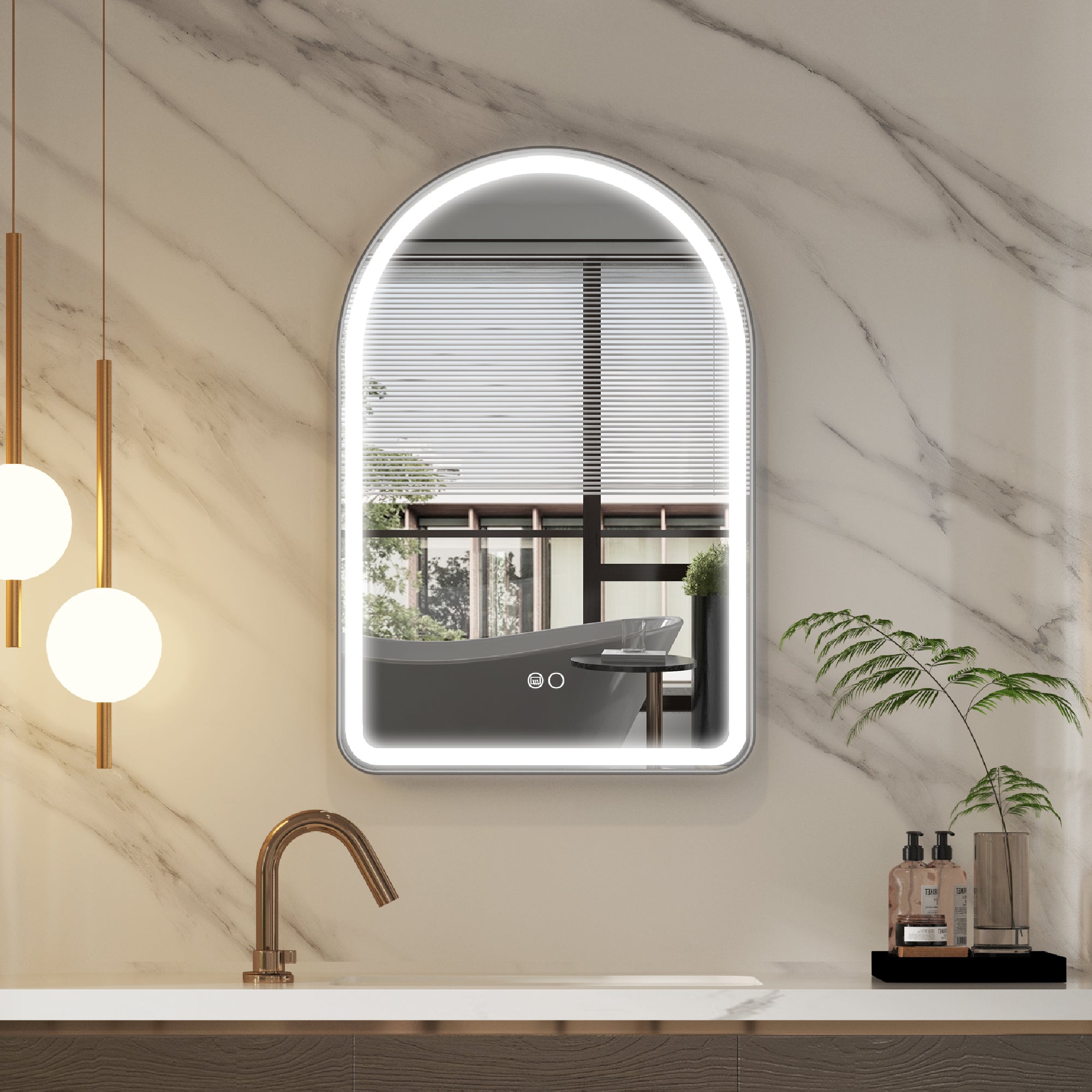
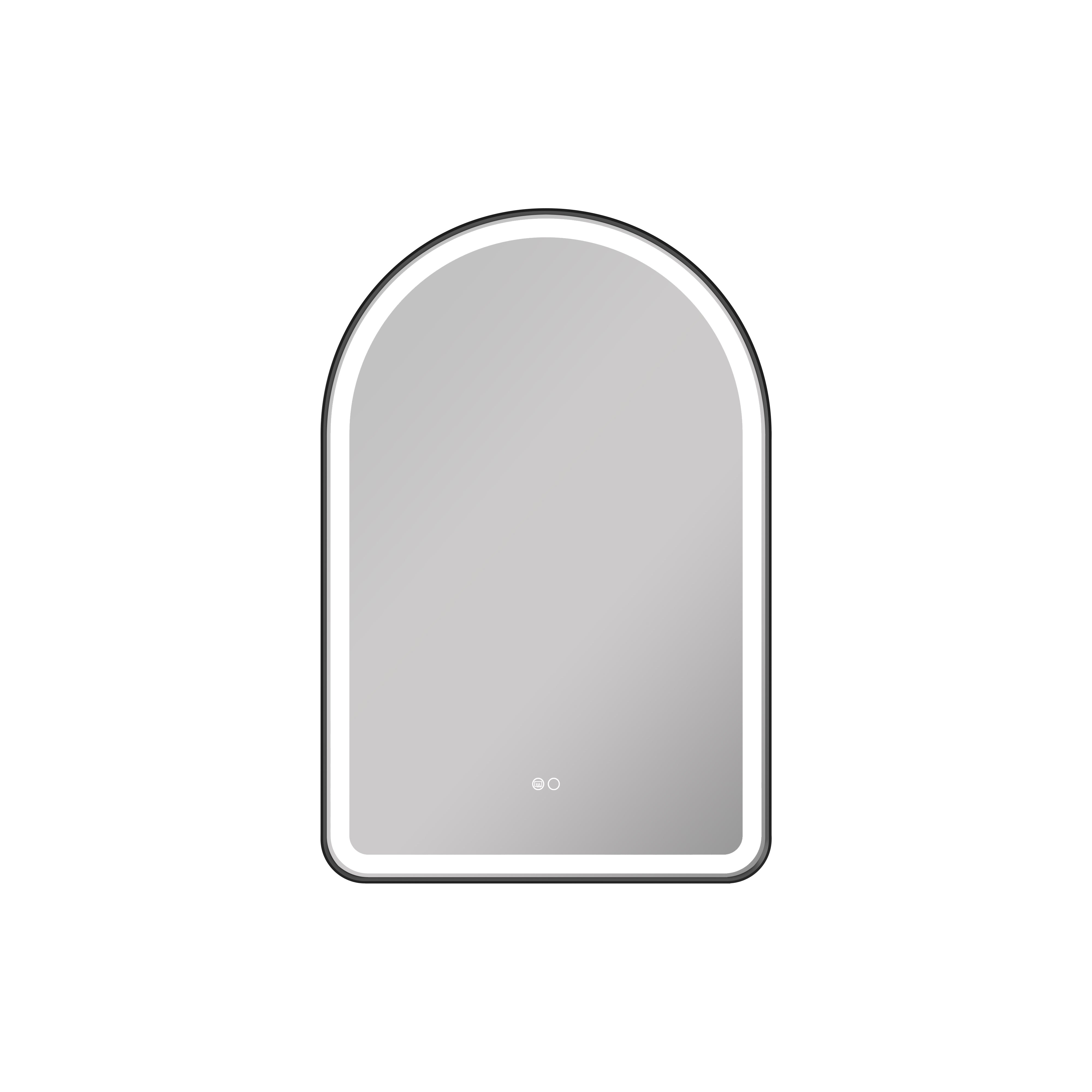

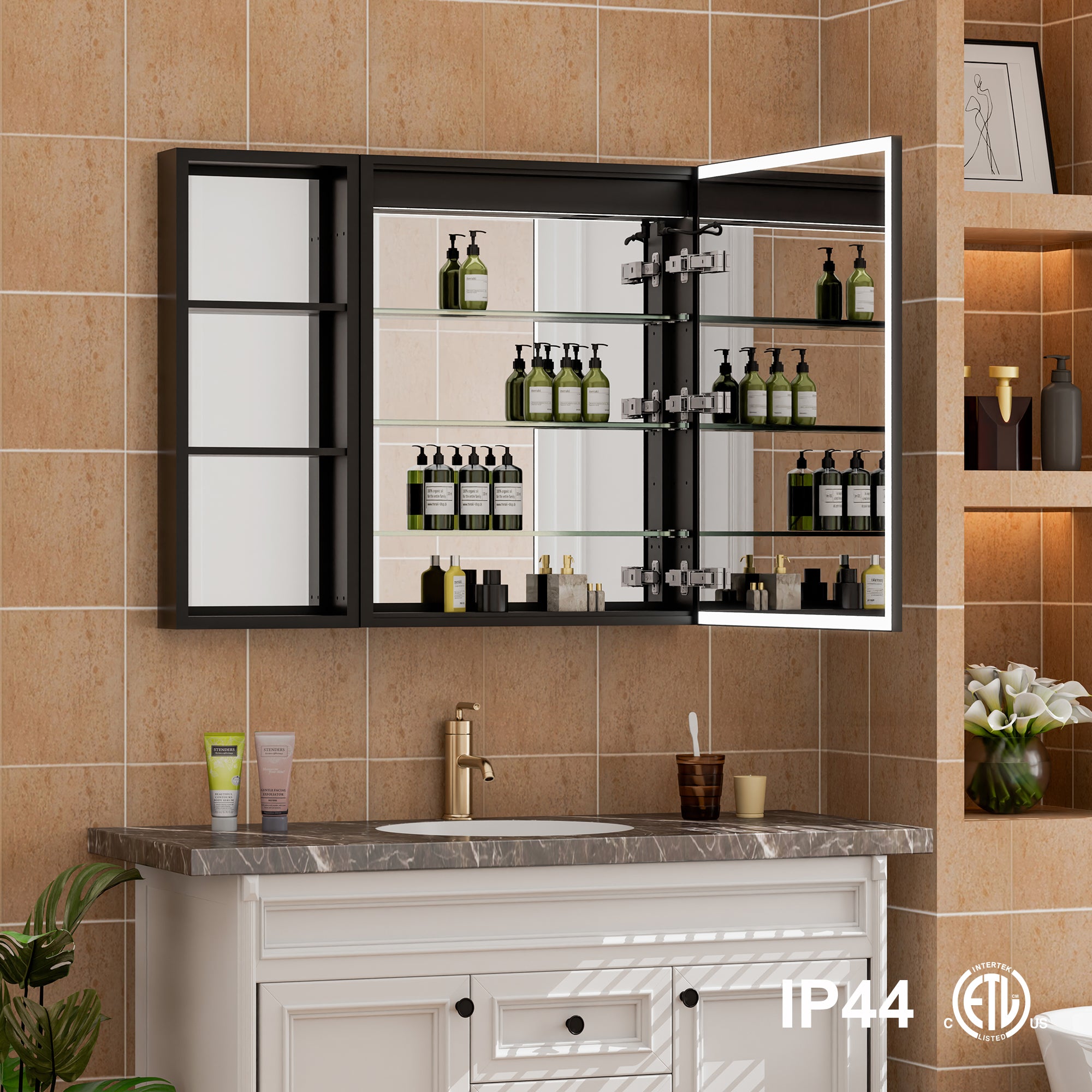
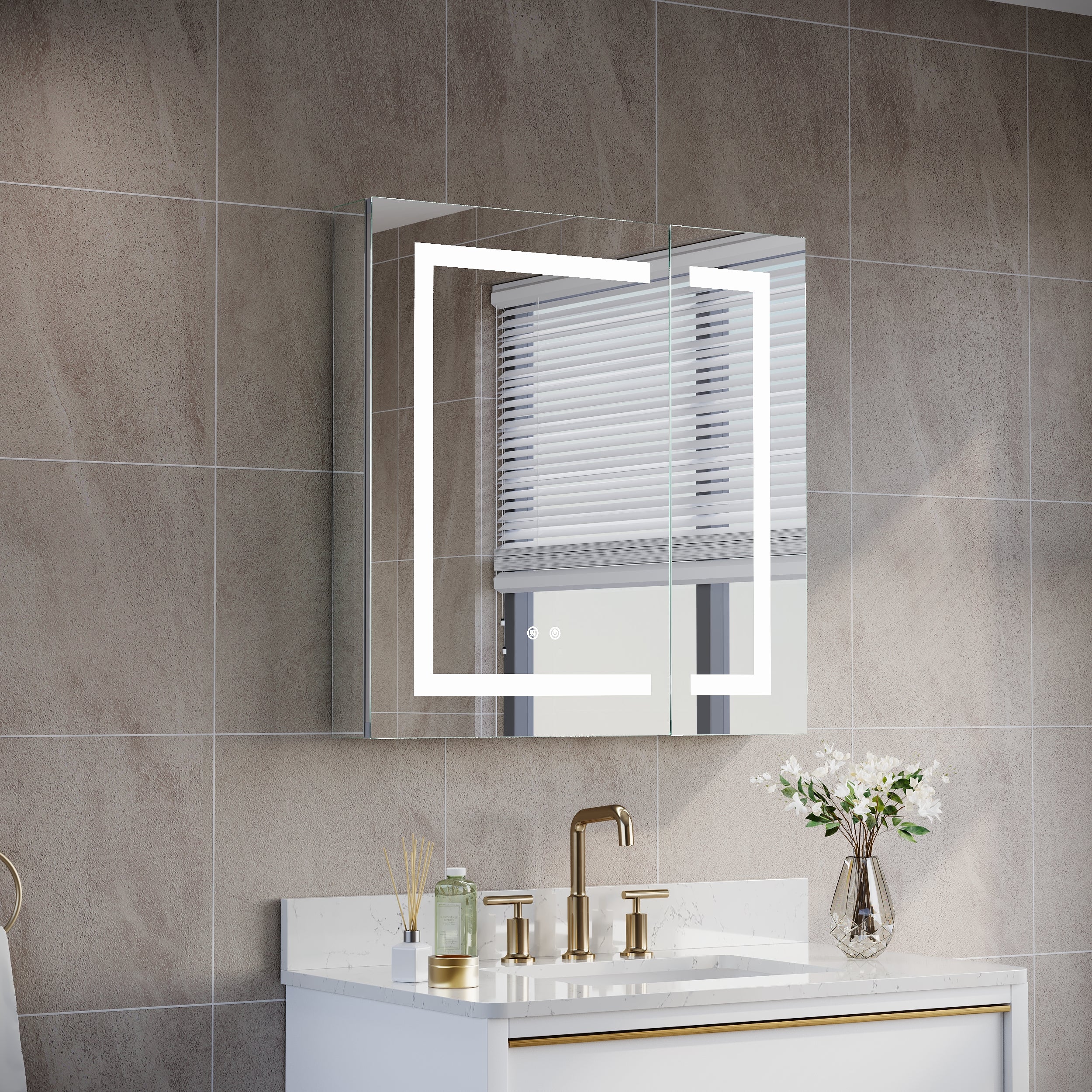
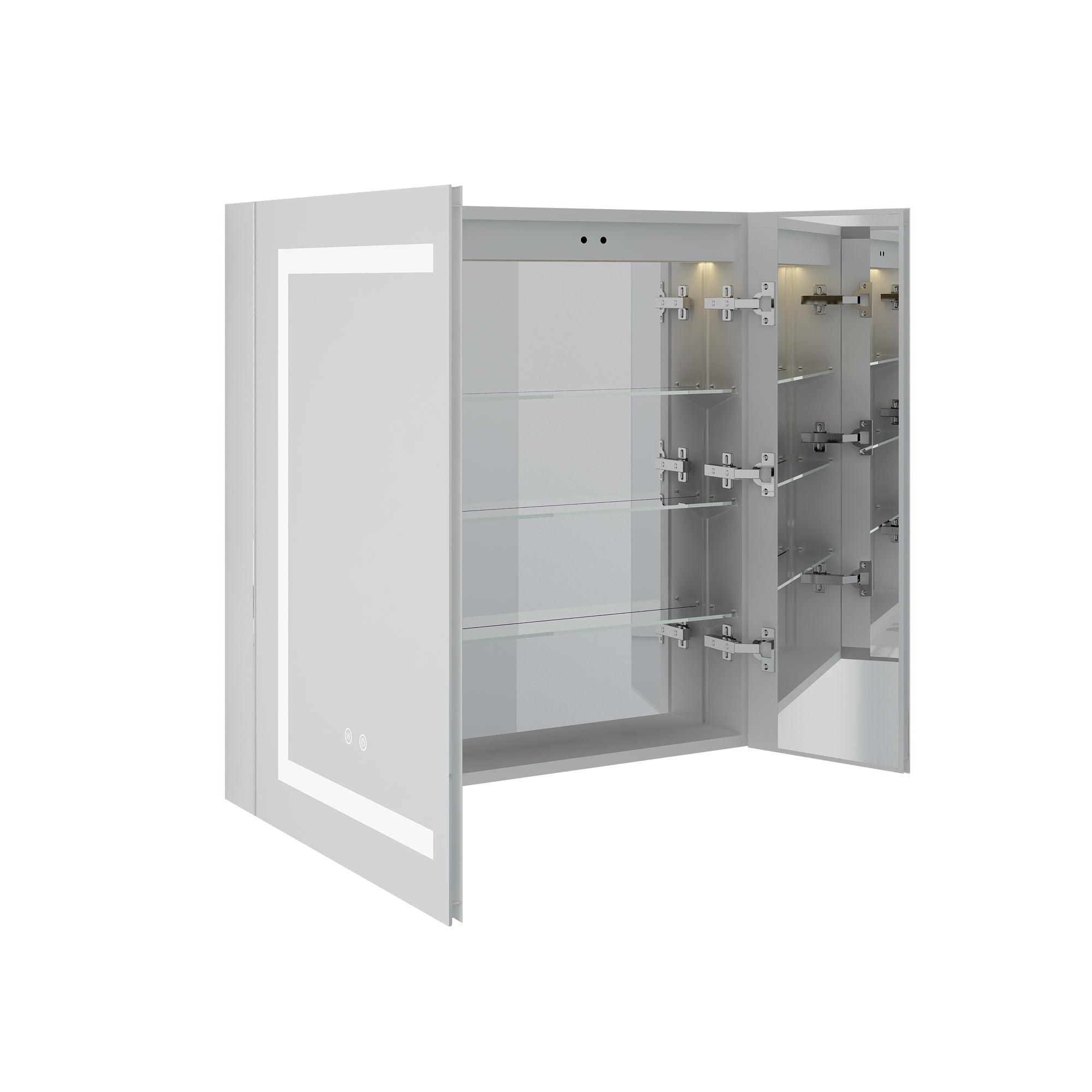
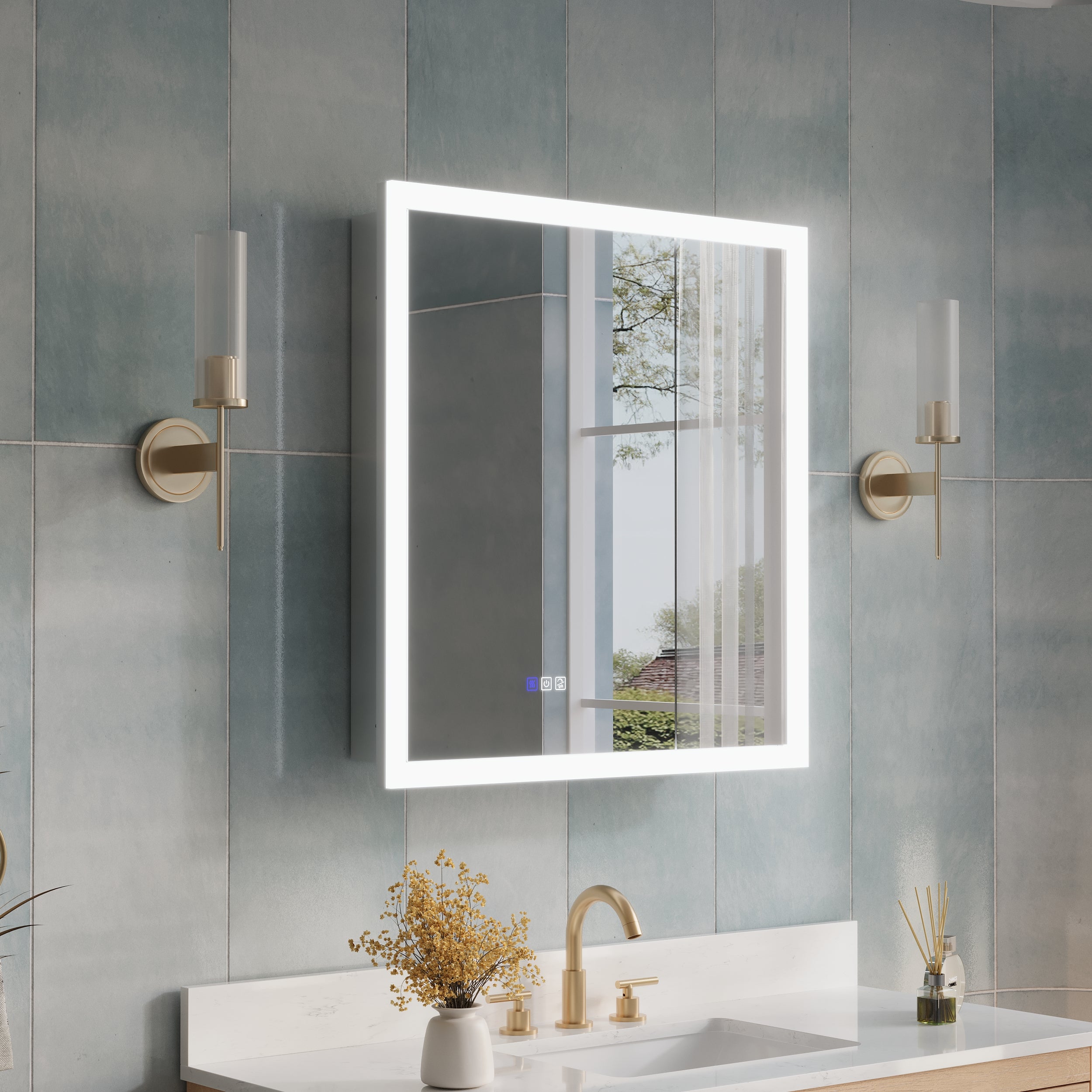
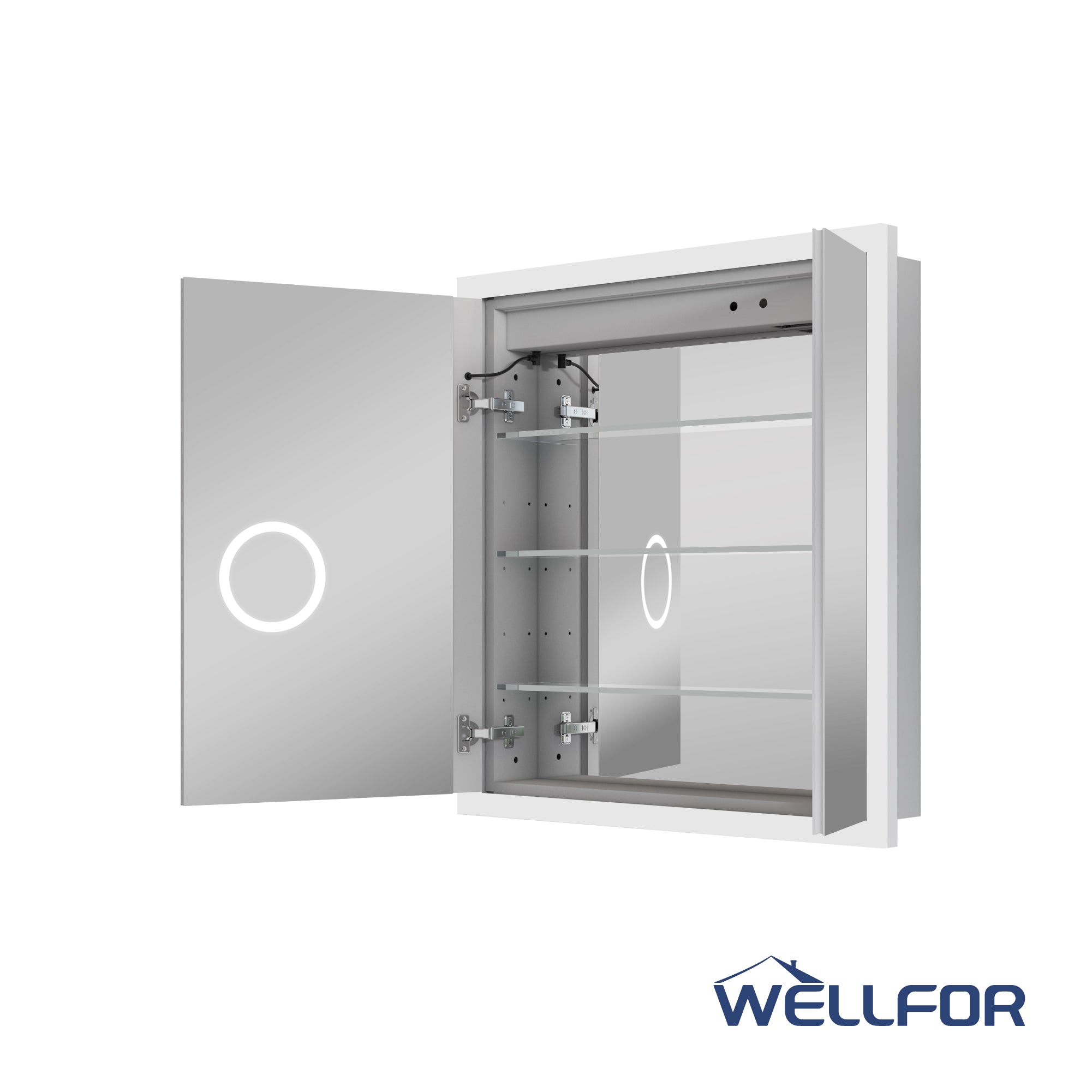
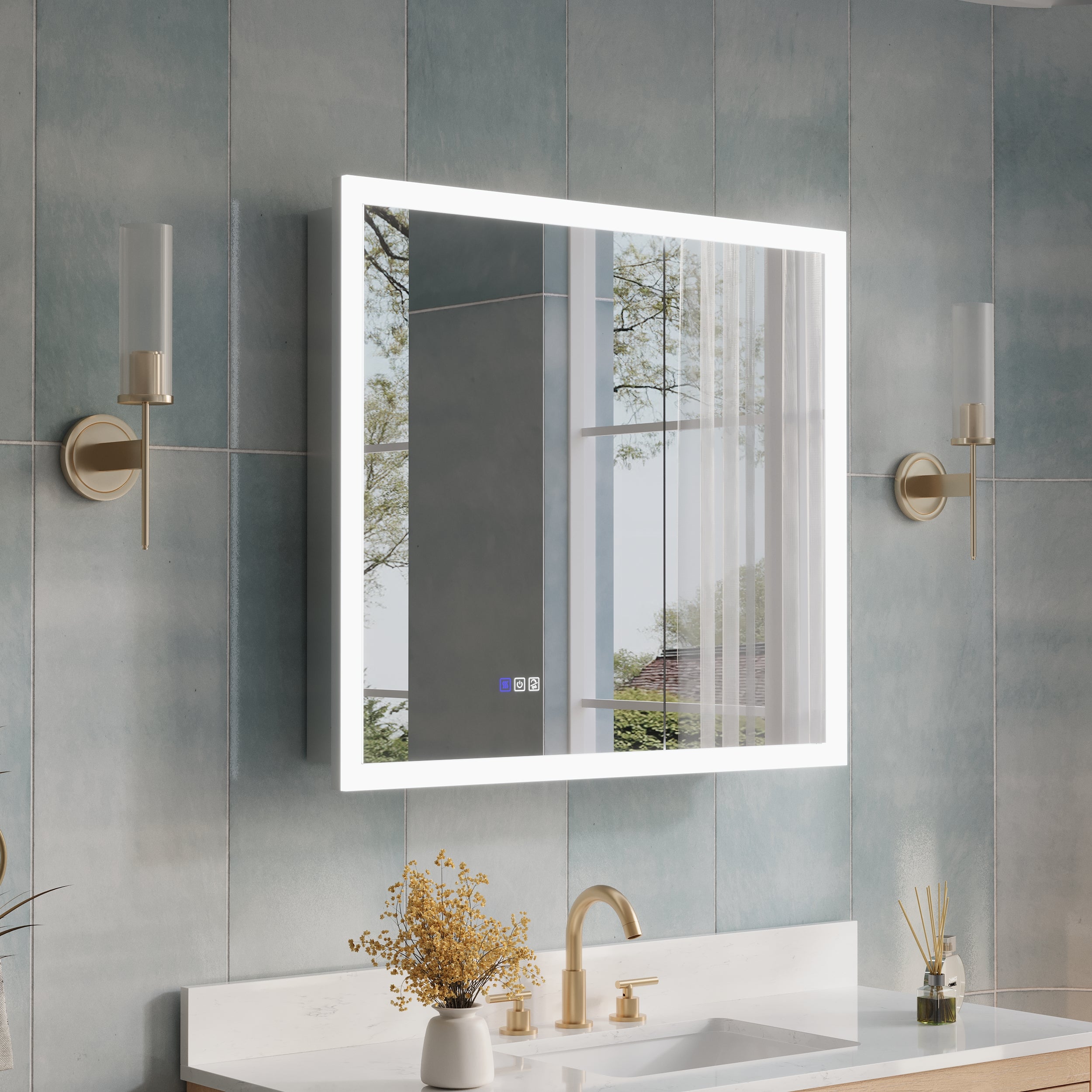

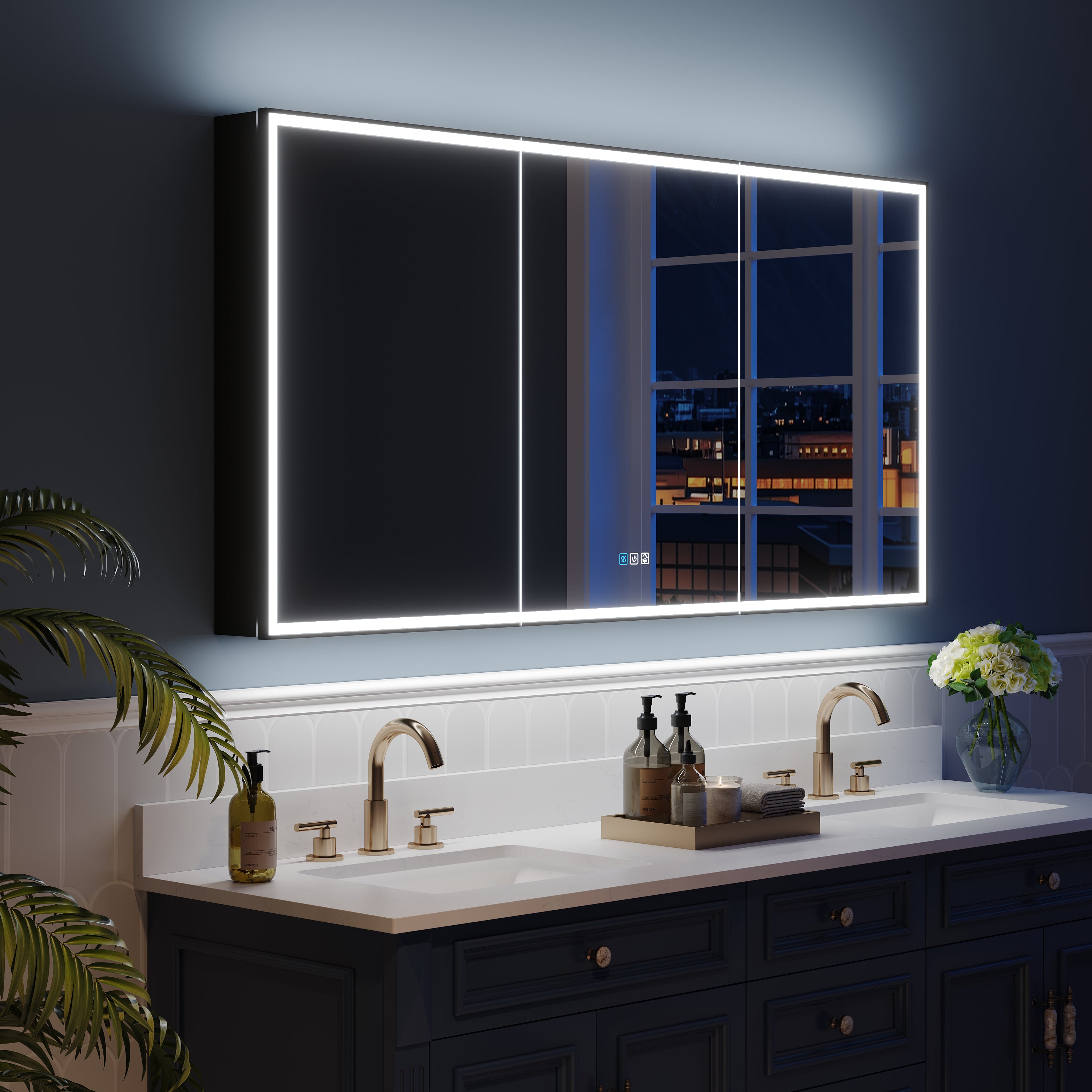
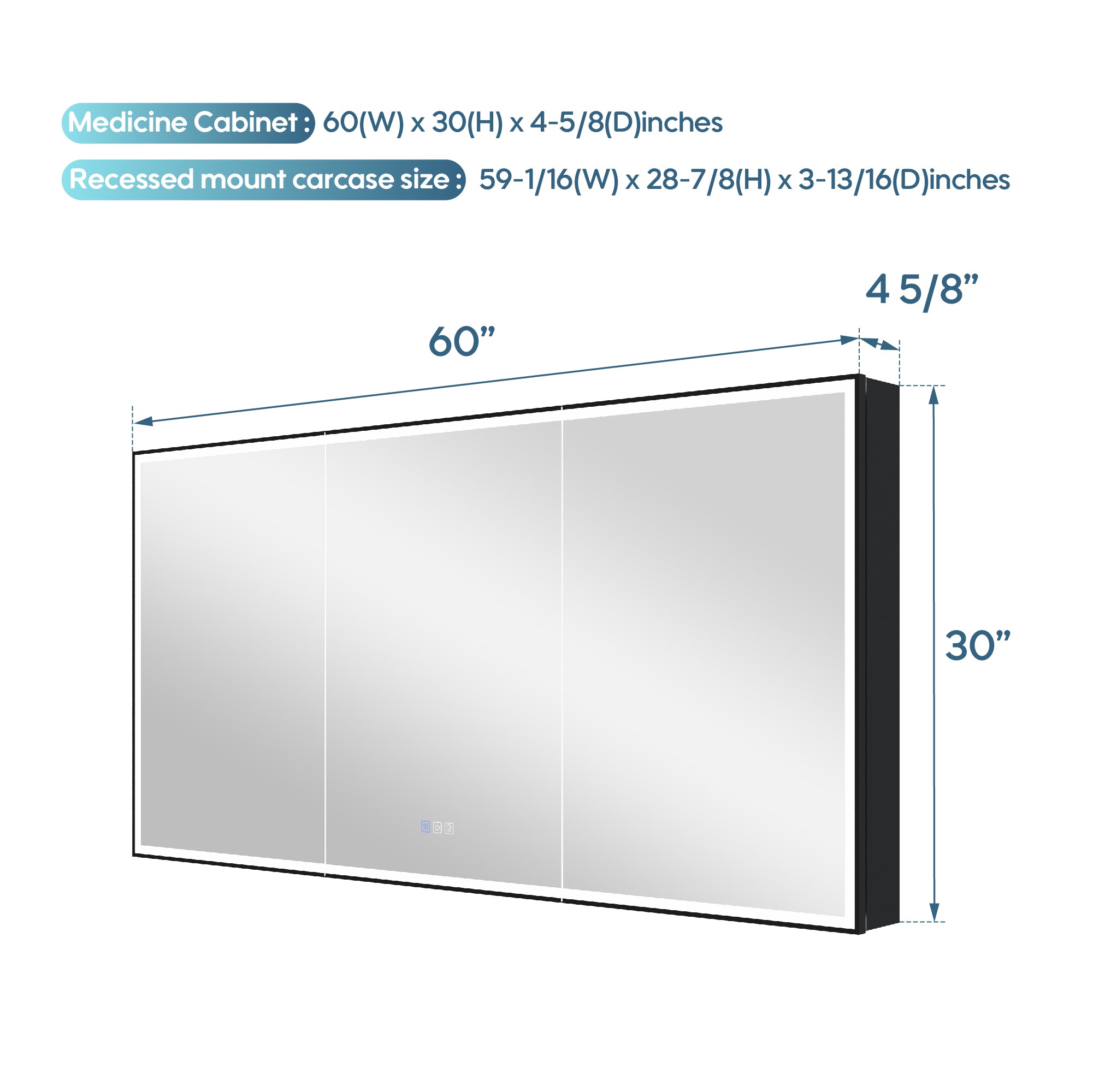
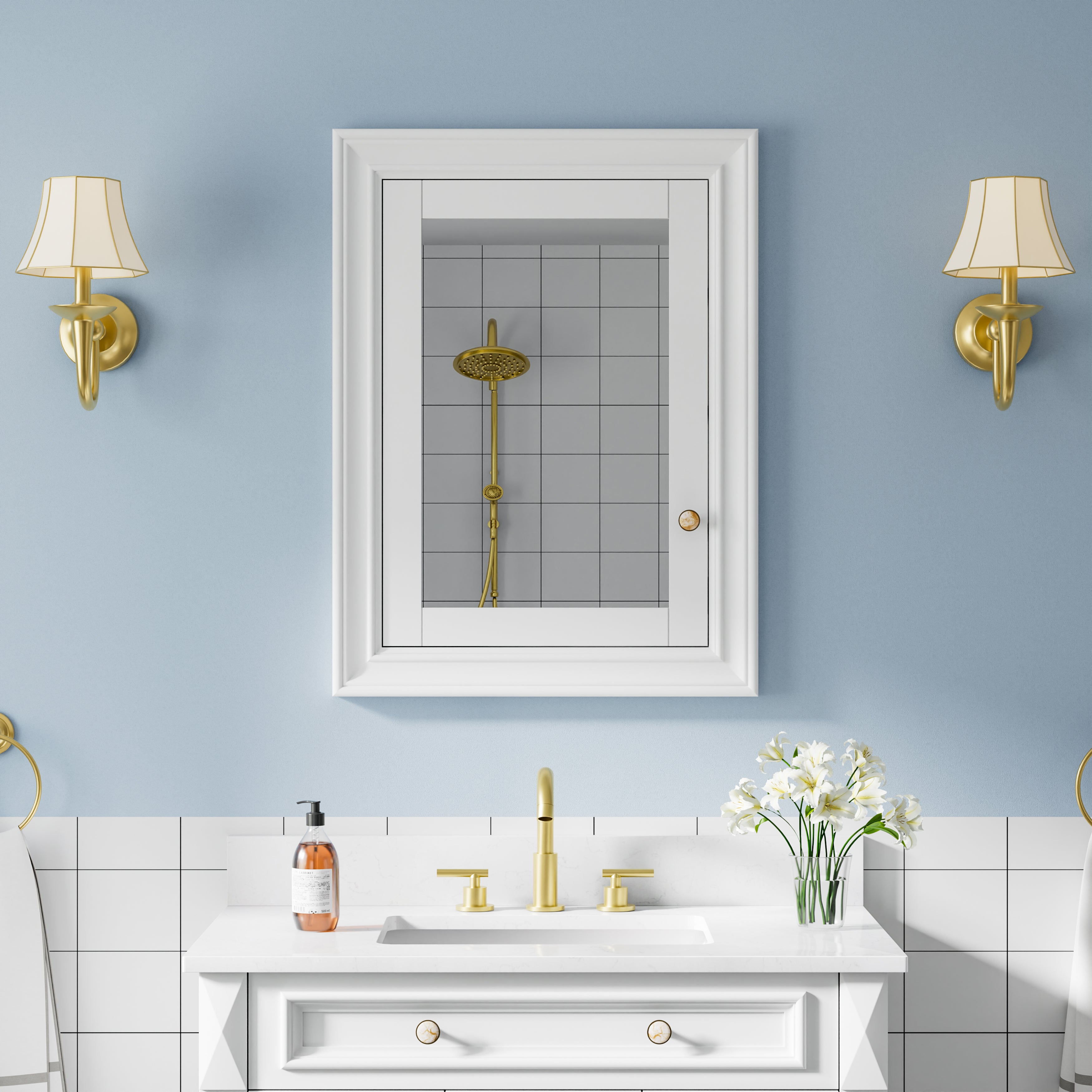


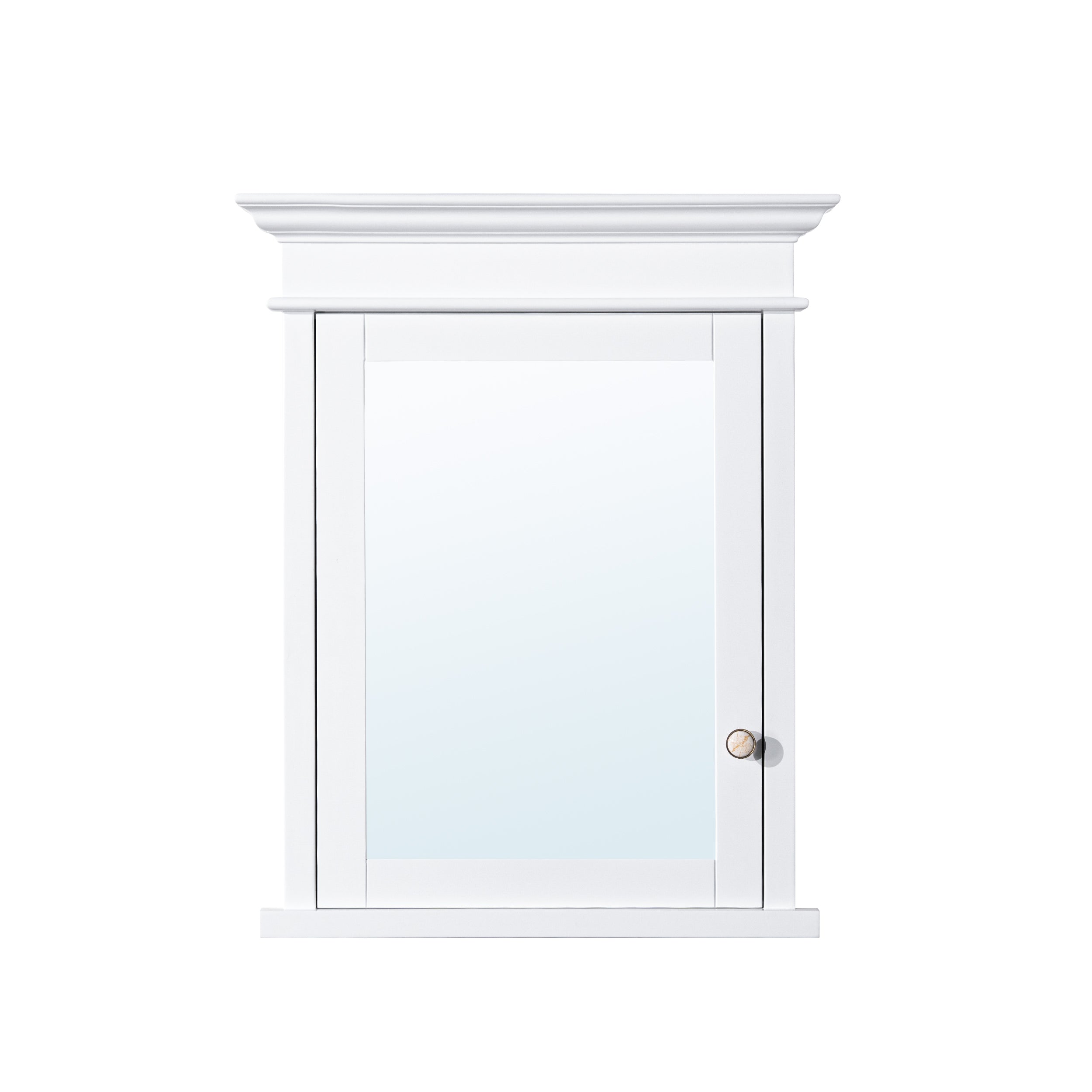

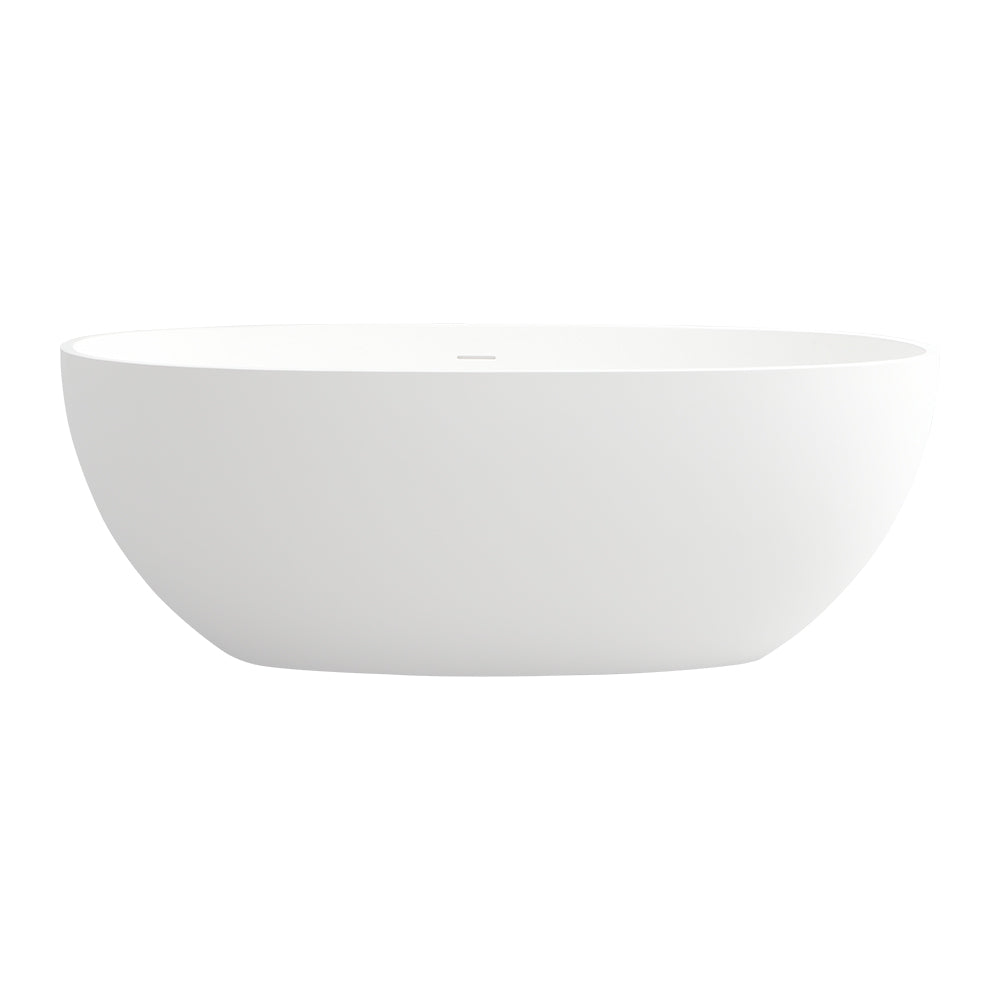


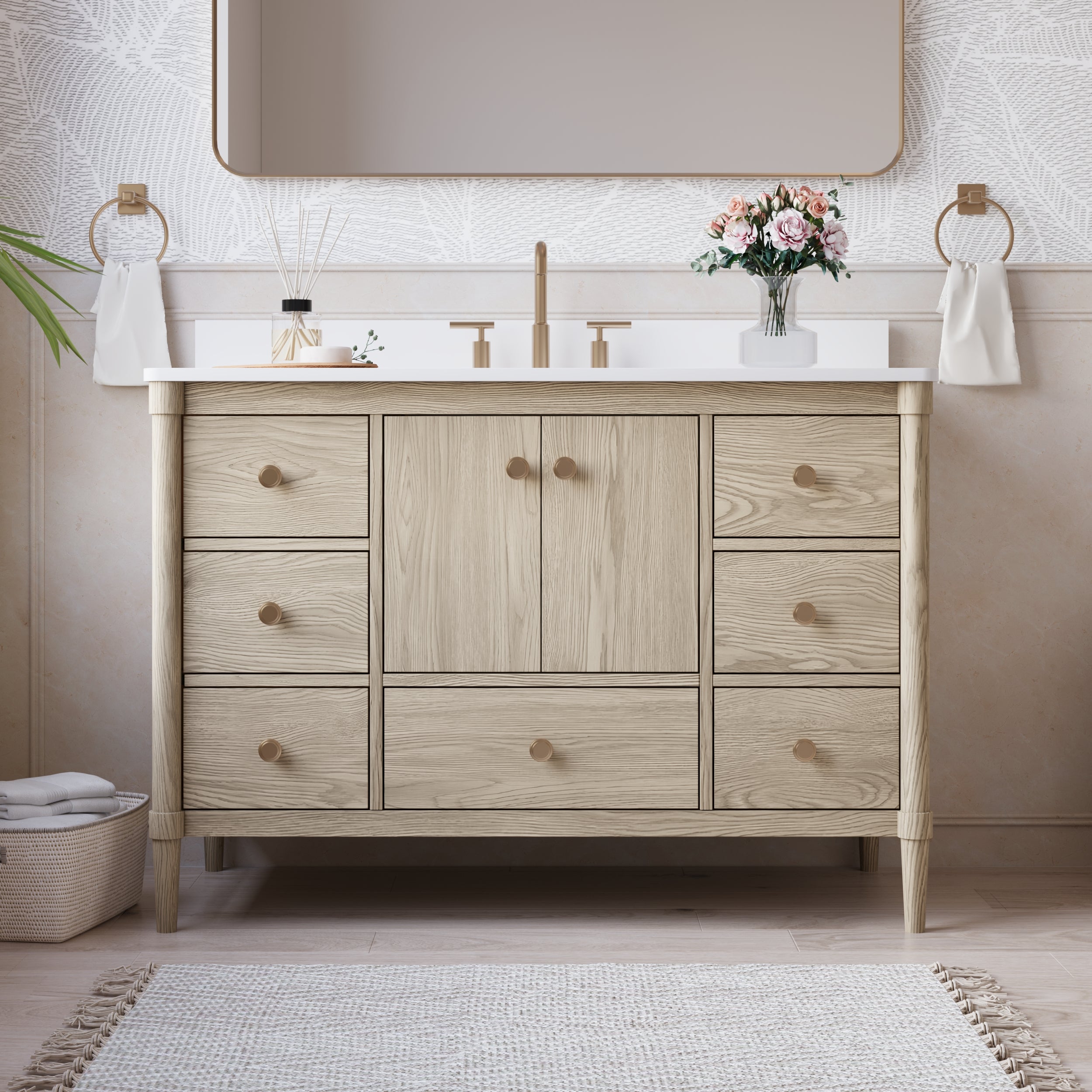
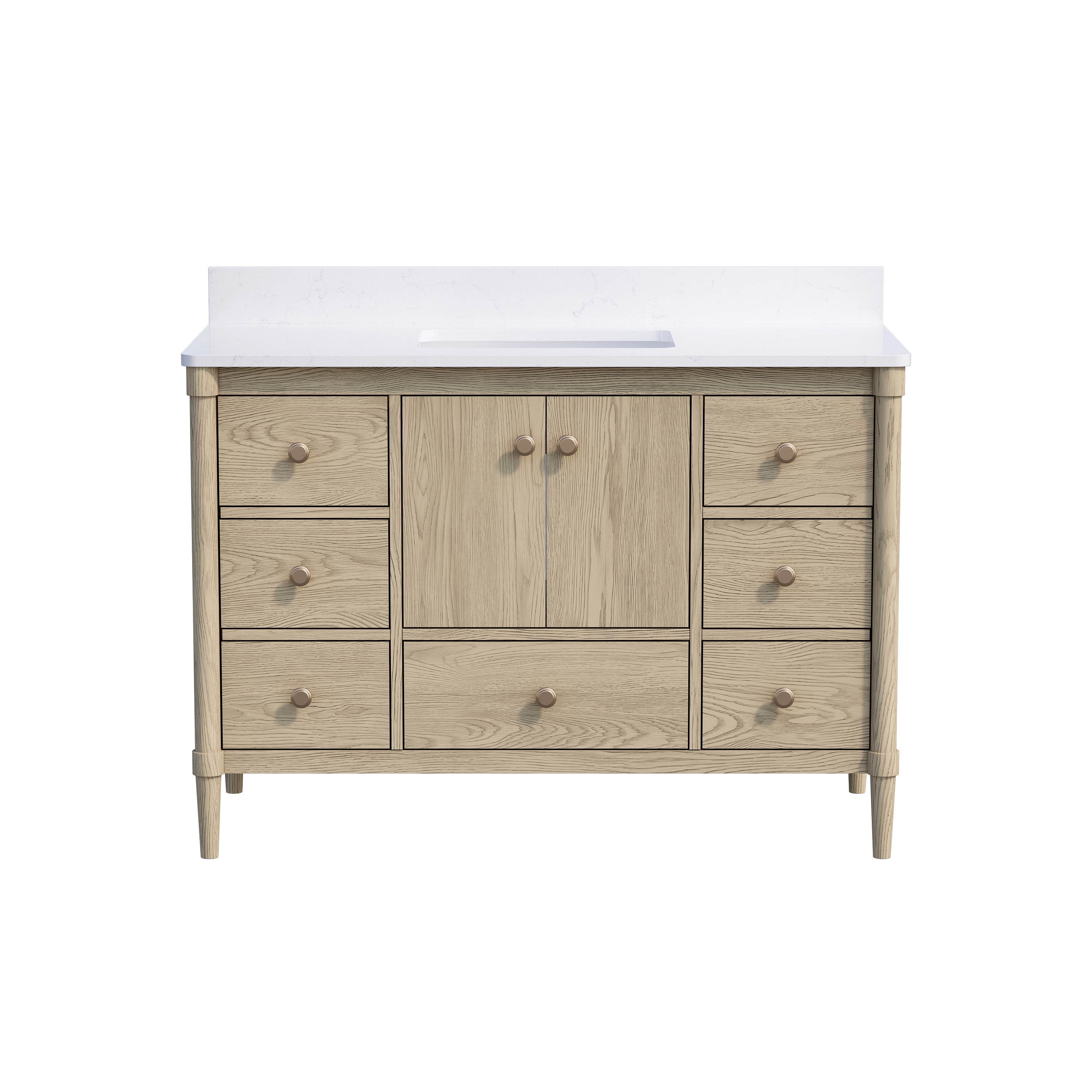
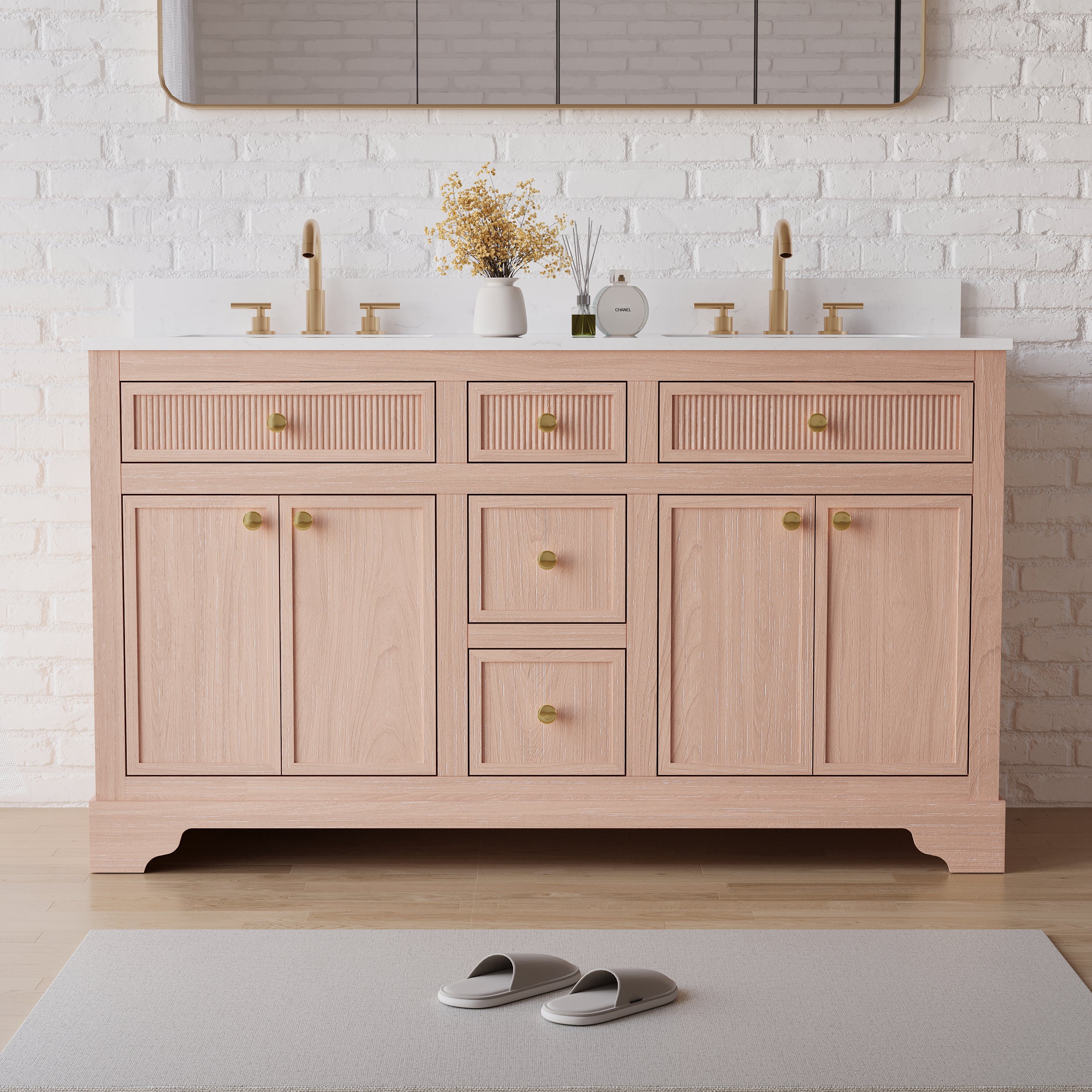



Leave a comment
This site is protected by hCaptcha and the hCaptcha Privacy Policy and Terms of Service apply.